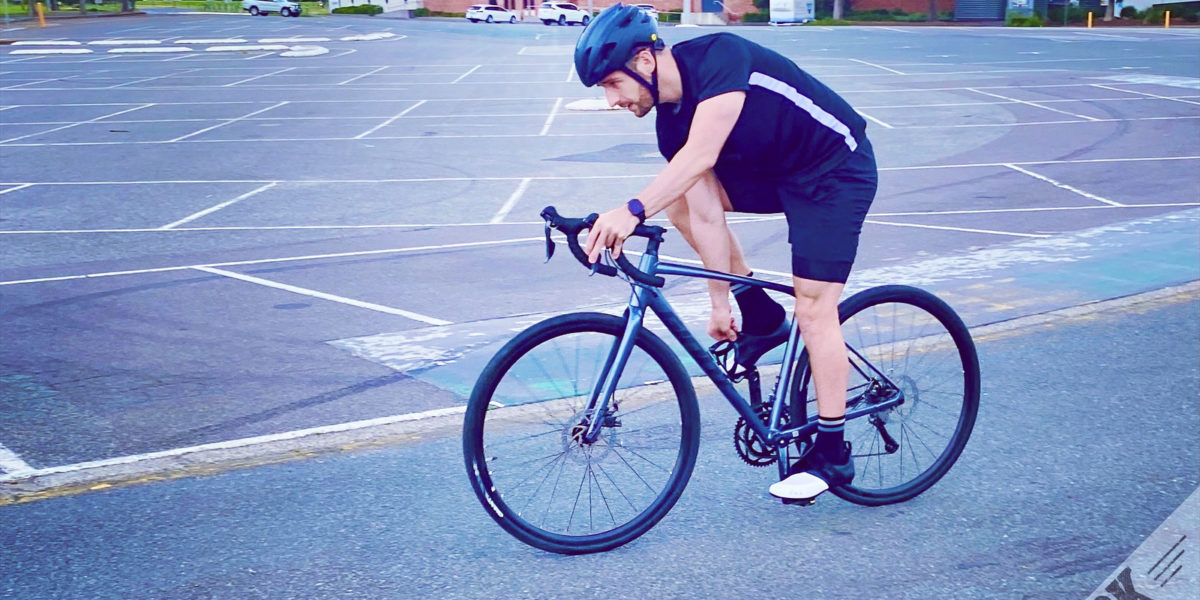As a triathlon coach with almost 20 years of experience under my belt, I’ve witnessed the evolution of training methods in the sport. In recent years, indoor training has gained popularity with the advent of smart trainers, virtual racing platforms, and the convenience of controlled environments. While indoor training has its merits, I firmly believe that there is no substitute for riding outside when it comes to triathlon preparation. Below, I will discuss the importance of riding outside compared to indoor training and focus on the benefits of bike safety, bike handling, and race simulation.
Bike Safety:
One of the primary concerns for any triathlete is safety on the road. Riding outdoors exposes athletes to real-life traffic conditions, varying weather elements, and road surfaces. Learning how to navigate these challenges is a crucial part of a triathlete’s training regimen. Indoor training cannot replicate the skills required to safely ride in the real world.
Riding outside helps triathletes develop a heightened awareness of their surroundings, teaches them how to respond to unexpected situations, and equips them with the necessary skills to handle on-road hazards. These skills are vital during a race, where the course may present obstacles that indoor riders simply haven’t encountered.
Bike Handling:
Triathlon bike courses are unpredictable, with sharp turns, elevation changes, and varying road conditions. Riding outside is the best way to practice bike handling skills, which are essential for maintaining speed and minimizing energy expenditure on the racecourse.
Outdoor riding allows athletes to work on their cornering, braking, and descending skills, ensuring that they are better equipped to tackle technical sections of a triathlon course. Gaining confidence in these areas is not something that can be effectively achieved indoors. Developing a feel for your bike, knowing when to shift your weight, and reacting to changing conditions are skills that can only be mastered through outdoor experience.
Race Simulation:
The true essence of triathlon is the race itself. Indoor training can help build fitness, but it can’t replicate the race experience. Riding outside allows athletes to simulate race conditions more effectively. Whether it’s the rush of adrenaline, the transition on or off bike leg, or the dynamics of group riding, these elements are best experienced in the real world.
By training outside, triathletes can mimic the race environment, including varying terrain, wind resistance, and even race-day logistics like nutrition and hydration. This kind of practice is invaluable for mentally preparing for the race and ensuring that you are ready for anything that may come your way on the big day.
The Holistic Approach:
While indoor training serves a purpose and can be incredibly effective for building and maintaining fitness, it is only a part of the triathlon training puzzle. The great outdoors offers a dynamic and unpredictable environment that indoor training simply cannot replicate. Triathletes who incorporate outdoor riding into their training regimen benefit not only from improved bike handling skills, but also from increased safety awareness and a more accurate race simulation experience.
In conclusion, as a triathlon coach, I strongly advocate for the importance of riding outside in a triathlete’s training program. It provides invaluable experiences that indoor training simply cannot match, such as improving bike safety, honing bike handling skills, and simulating race conditions. A balanced approach that combines indoor and outdoor training is the key to success in the world of triathlon. So, get out there, hit the open road, and experience the exhilaration of riding in the great outdoors as you prepare for your next triathlon adventure.

